Table of Contents
“Photographs of your community inspire unity,” says Cambodian-American photographer Kannetha Brown about her idea for her latest photo series. A chance trip to an art show led her to stumble upon an incredible series of portraits that heavily inspired her. Spurred by that feeling, she decided to do a similar series about members of her own ethnic community.
We hate banner ads too. Download our app for iOS, iPad, and Android and get no banner ads for $24.99/year.
We’re often so hyper-focused on bettering our work from a technical perspective that we tend to lose sight of the hungry artist inside us. One of the best ways to feed that hunger is to not just read about the works of successful artists but also try and see their pictures in galleries. Take time to understand what inspired them to create those bodies of work. Explore why they approached what might seem an ordinary subject or a scene from certain angles and frames. Because a lot of times, the takebacks from such visits aren’t about the technical settings or gear used to take those photos.
Instead, you’re more inspired to head out and view everyday things differently. There’s a renewed sense of anticipation to see things from a different perspective. And sometimes this inspiration is exactly what’s needed to create your next best work. Brown found a spark while viewing one such photo series in a gallery. We hear about that story and her future plans in this interview, one in our series for Asian American Heritage Month.
The Essential Photo Gear Used by Kannetha Brown
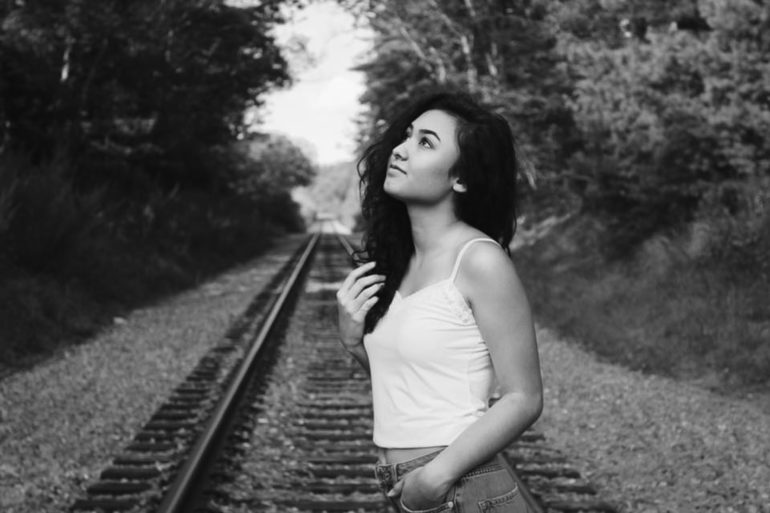
Kannetha told us:
The Phoblographer: Please tell us about yourself and how you got into photography.
Kannetha Brown: My name is Kannetha Brown; I’m a 22-year-old Cambodian-American photographer based in Providence, Rhode Island. I commute to my school in Boston called, the Massachusetts College of Art and Design, where I am a junior in the BFA Photography program. I always say that my biggest push into photography was indirectly from my Mom. After immigrating here at 14, she picked up a camera in her college years and began documenting everything. Her photos are genuinely beautiful, so much so that I used to steal the photographs and hang them up in my room growing up. Before I owned a camera myself, I did acting, and I was also a dancer for almost 15 years, but I wasn’t very good at it. I found that photography was the perfect way to mold choreography and art-making. In recent years, photography has become somehow even more exciting because of that relationship I’ve embraced.
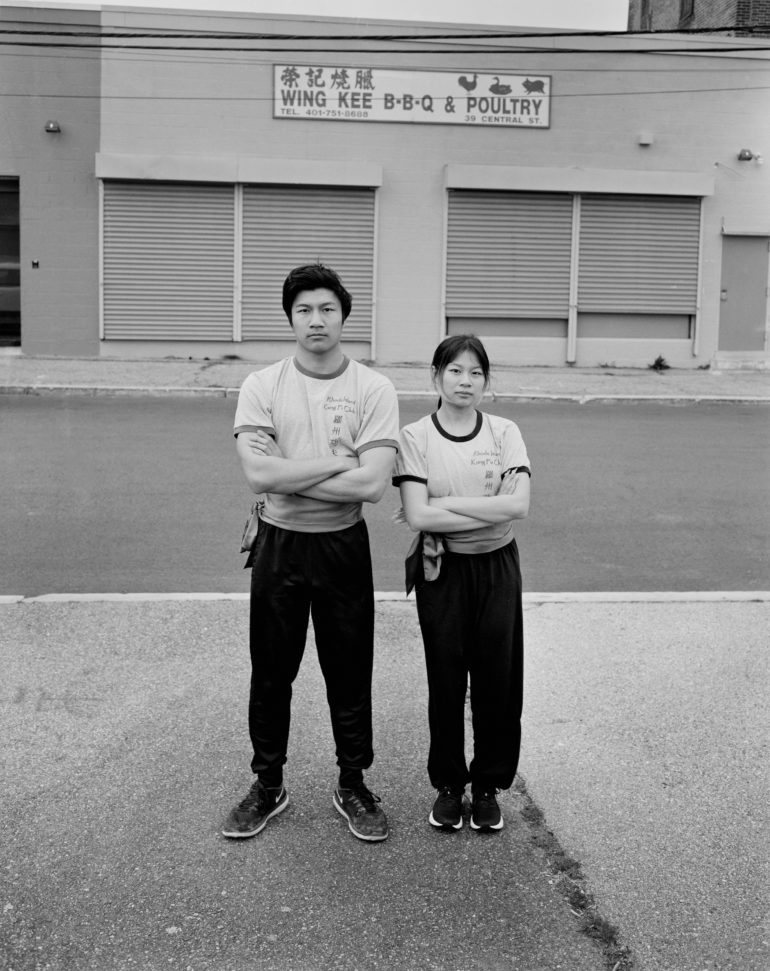
The Phoblographer: What camera gear do you use for your creative work?
Kannetha Brown: To be quite honest, I’ve been cycling through whatever cameras I can get my hands on recently. I, unfortunately, have had some tough situations with equipment malfunctions/breakage recently. I don’t think that cameras mean a ton in the creative process. Obviously, some cameras are incredible and fit exactly what I need when I need them. However, what I mean is that you can make good work with what you have. I guess what I’m getting at though, is that film is where it’s at for me. I truly believe that analog photography really helped me grow into myself as a person and as an artist. I think digital is also great, that’s how I started, but I only use it for commercial stuff now. I think good work has been created on cheap 35mm cameras. With that said, the only working camera I own right now is a Canon AE-1. I really loved my Mamiya 645, but I’ve had a great time with the Pentax 67 as well. Right now, I am learning 4×5 and have been practicing with Toyo monorails and field cameras.
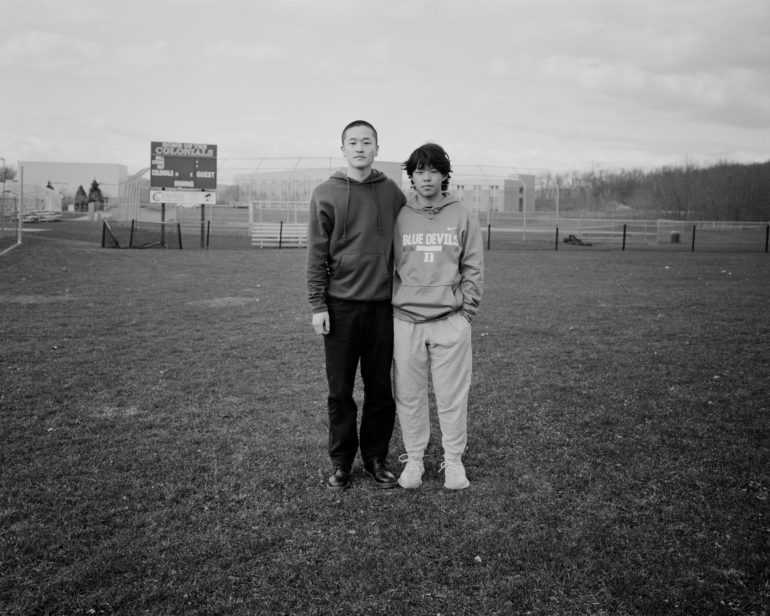
The Phoblographer: From a non-technical perspective, have your years in photography school greatly improved your work? What are some of the takeaways from those years?
Kannetha Brown: I hated school for the longest time. I took a gap year after high school because I didn’t want to go to college so badly. I had seen online that you didn’t need to necessarily have a degree to be a photographer. I think that with honesty, that’s true for some people and some jobs. I think that school is honestly a good thing if you have the means to give it a shot. I hated school for so long because I started college at the beginning of the pandemic. Now that we are in person, I have utilized the incredible resources and opportunities my department has to offer. I wish it was more commercial, but I’m in a BFA program, so that’s what to expect. I really fell in love with photography because of school, being surrounded by great people, and learning so much. I do think it’s important to add that my school is the only public art school in the country, which I do think contributed to the down to earth people and professors I learn with, who are so genuine in their care for you and your education as best as they can. There are obviously pros and cons that I’m not mentioning, but I truly love my school now. I was worried I wouldn’t be able to have freedom at school creatively, but I found that this is something you need to push for yourself. Advocating for yourself and your art is an important skill I’ve learned; it hasn’t been easy though.
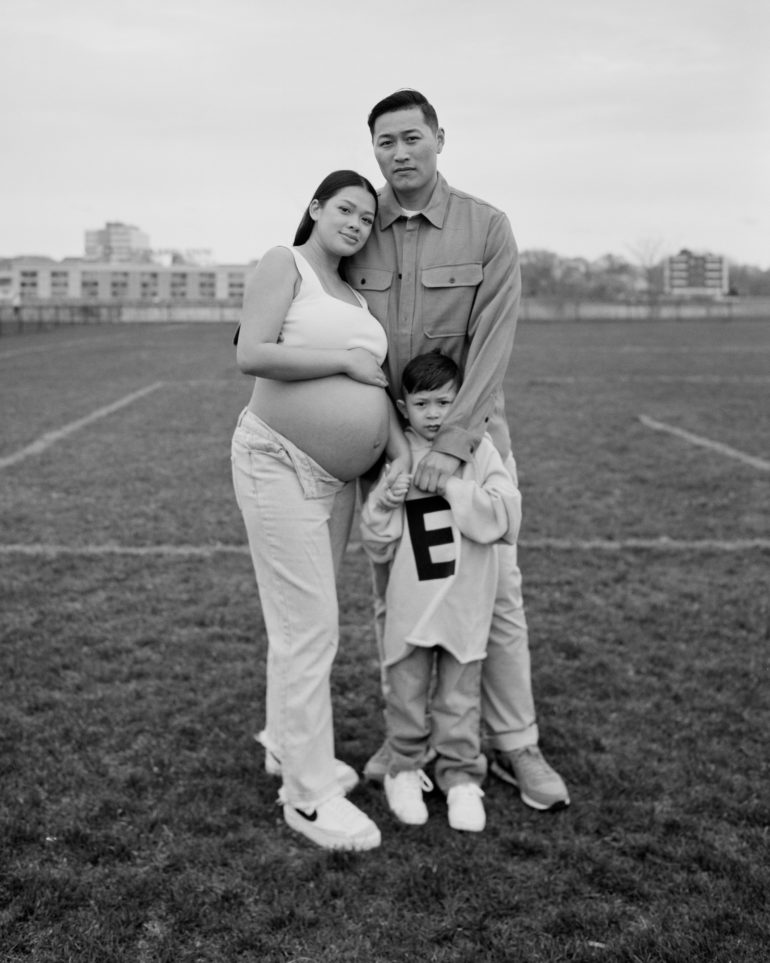
The Phoblographer: Fall River Boys by Richard Renaldi heavily inspired you. What was it from this series that struck a chord with you and inspired to create a similar project?
Kannetha Brown: I saw “Fall River Boys” last summer at Richard Renaldi’s show at the Fall River MoCA. I went with one of my past professors, and it was literally such an incredible experience. Not only were the photos simply fantastic, but so were the prints. My professor as well, was telling me about the large format camera it was shot on and all of the crazy things you could do with it. I was so excited that I would be learning how to use 4×5 cameras this spring 2022 semester. I was mostly infatuated though, with the fact that the project was shot so close to home. I grew up 15 minutes from Fall River, so it was so cool to see this area represented. I was also really happy to see what may not have been considered fine art not too long ago represented in the gallery space. They were pictures of everyday guys from a misunderstood/unheard-of place. They looked cool in their frosted tip hair and baggy clothes. I was so excited by the work, unlike anything I’d seen before, and I thought, why don’t I make this project, but my own, with my community, in Providence, with Asian people?
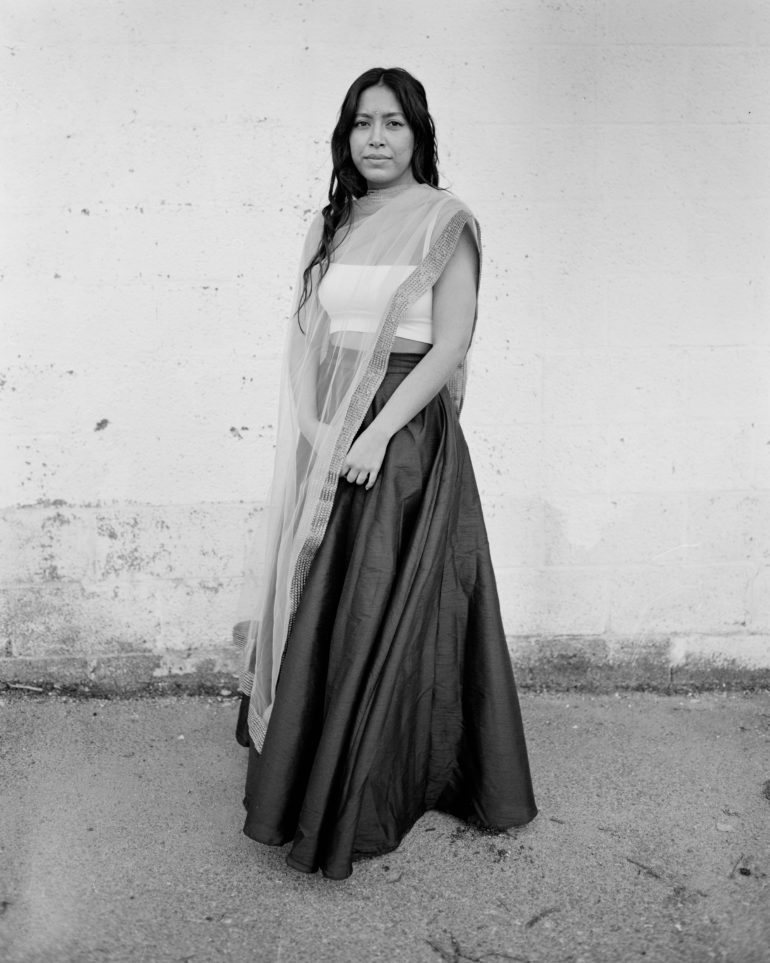
The Phoblographer: Historically speaking, would you say a lot of the photography in the Asian American community was more a medium of documentation instead of art?
Kannetha Brown: I can’t speak for everybody, but I would say in my own family experiences, yes. My Mom used photography in a very artistic way, but it was primarily for documentation/snapping pictures versus making pictures. Making pictures is a privilege, and I’m really humbled that I can turn her passion into a degree and a career now, after all that she did for my family. As for the opposite, photographs of the community, I think photography was absolutely used as documentation as opposed to art. It was also used for exploitation and propaganda. I won’t go into it because this project is about uplifting my community. However, I will mention one.
There is a famous American photograph of white workers driving the golden spike into the Transcontinental Railroad. Barely anyone knows this, but Chinese men had traveled all the way to America to help build the Western end of the railroad. They were there the day this photograph was taken, but they were omitted from the picture solely because of their race.
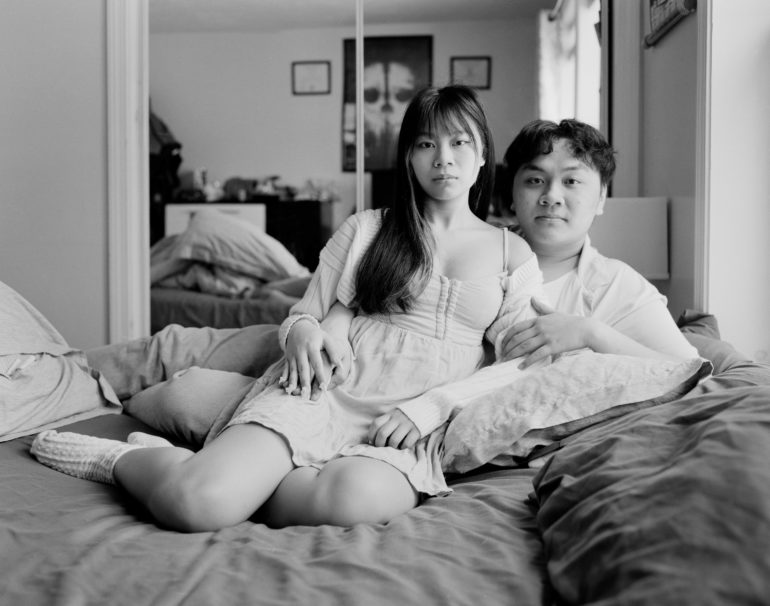
The Phoblographer: What role does photography play in tackling issues like the heightened xenophobia of recent years?
Kannetha Brown: I don’t think that photography has the power to explicitly change bad things right then and there. However, I do believe that photography has always had the ability to shed light on important matters and inspire activism and action. Photography has, over time, moved from a tool to document reality, to a tool to purposefully make statements about reality and give a voice to those who need to be amplified. For me, I strongly feel that a way to feel supported during issues of xenophobia, racism, and violence, is through community and representation. Seeing your community represented in photography can really make people feel like their stories are important.
Viewers can be moved and want to hear more about their stories. More importantly, photographs of your community inspire unity. During such a time of loss and fear, I think that unity through art can create a safe space and a call to action.
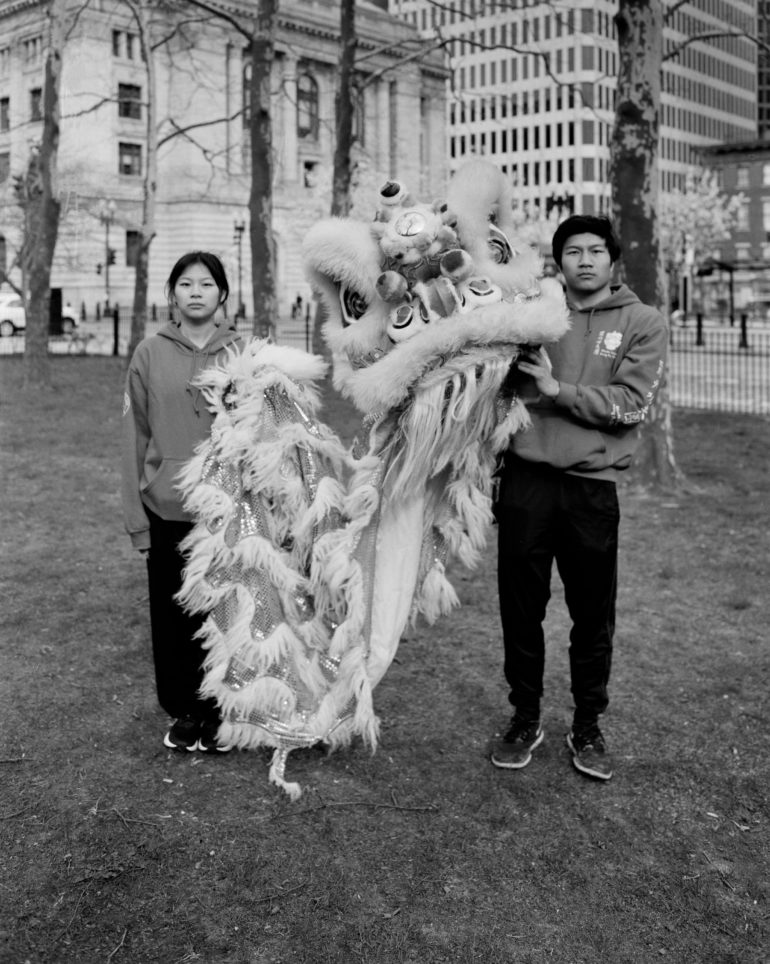
The Phoblographer: What are some projects in this regard that you have felt like creating?
Kannetha Brown: Besides my Asian American project, I definitely am interested in photographing more specifically within Cambodian and Cambodian-American communities in the future. Whether it be here at home in Providence, or an hour away in Lowell, MA. I also have dreams of being able to travel to photograph the huge Cambodian population in Longbeach, CA. The biggest project I’d like to do would be in Siem Reap, Cambodia, which is home to the Angkor Wat temples. I would love to photograph Cambodian women in the nature and temple architecture there in color on large format film. It would be stunning and would mean a lot in light of the relationship in Cambodia between humans, land, and genocide.
The Phoblographer: You’ve chosen to take the large format photography route to highlight lesser-known Asian American communities? Why did you opt for this medium?
Kannetha Brown: As mentioned before, photography has a really extensive history of exploitation of BIPOC. Large format/black and white film photography, I’d say, probably has the most exploitive history because of the time periods and situations in which it was being used. As for my own community of Cambodians and Cambodian Americans, the Khmer Rouge used black and white photography and darkroom printing to make photographs of their genocide victims. Using this medium is really important in the process of reclaiming these horrific experiences and moving forward. In addition, having an Asian person behind the camera instead of a white person is a really empowering experience in itself, both for the sitter and for the artist.
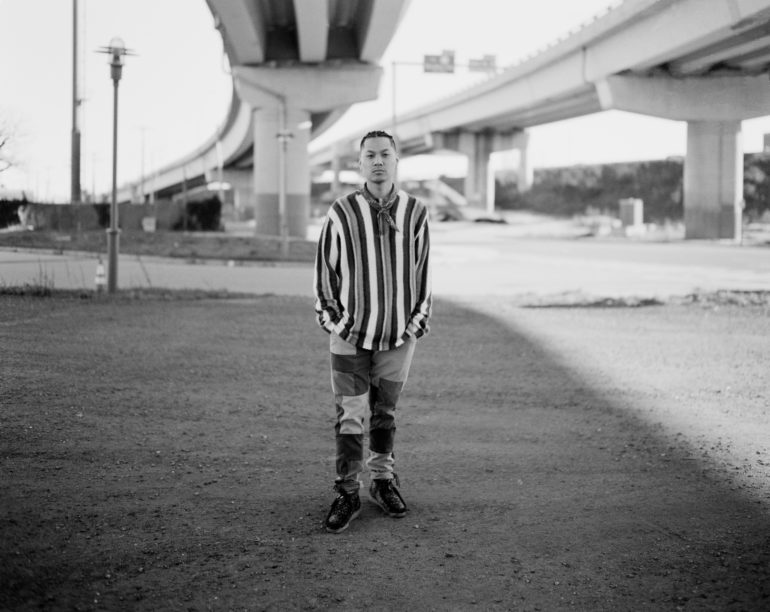
The Phoblographer: There must have been a few that really tugged at your heart. Tell us some of the more touching stories you came across while working on this project.
Kannetha Brown: Everyone I have photographed for this project has been my favorite. It’s hard to choose only a few stories because I love everyone I photograph and their families. I would say that the most rewarding photograph from this series was of my friend Nancy’s children, Kylee and Kenshin. I photographed Nancy when she was pregnant with Kenshin exactly one year ago. Now, Kenshin is one year old, and it was so heartwarming to return to Nancy, talk about all that’s happened since then, and of course, see her baby. Hearing Nancy and her partner get excited for the baby last year and seeing them now as great parents and friends was really sweet.
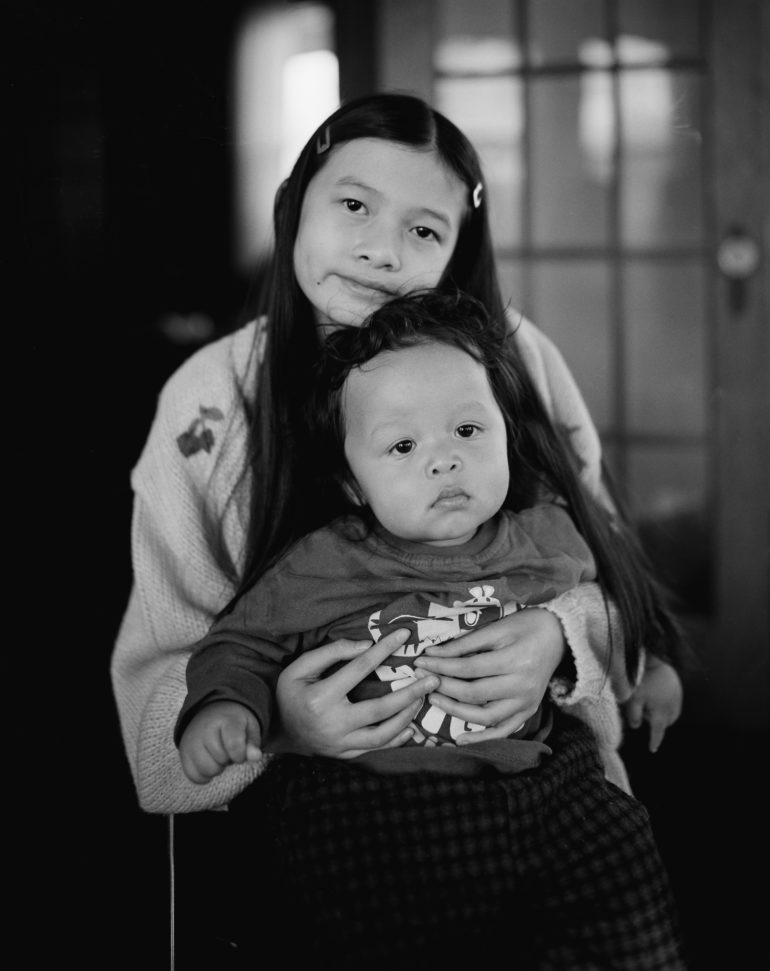
The Phoblographer: Asians have been in America for centuries. Why are they still heavily underrepresented and stereotyped in the world of arts and film? What needs to be done to correct this?
Kannetha Brown: As a student in Asian American studies, I know well that there is such an extensive history of the American government and people trying to keep our races divided. Whether it be whites and Asians, Asians and other BIPOCs, or Asians against Asians even. What was easiest for the American government and people to do, to keep ratings for Asians low, was to label them as disease-carrying foreigners who were threats to the white job market and republic. In 1875, congress passed the Page Act, which prohibited the immigration or, as they called it: ‘importation’ of Chinese women because they labeled all Chinese women as prostitutes (hence fetishized and dangerous Asian women stereotypes). In 1882, congress passed the Chinese Exclusion Act, which prohibited the immigration of male Chinese. These were the first anti-immigration laws in the U.S. ever, solely based on race. Being perpetuated as foreigners, when some of us have had family here since the 1800s, has contributed a great deal to our underrepresentation and stereotypes. There is too much history to even note, but I hope that can explain some of it. A better representation, understanding, and education regarding our history and cultures needs to happen in American school systems, law systems, and media. There also needs to be way more funding allocated to BIPOC communities in general in order to uplift these marginalized groups and make changes internally and externally.
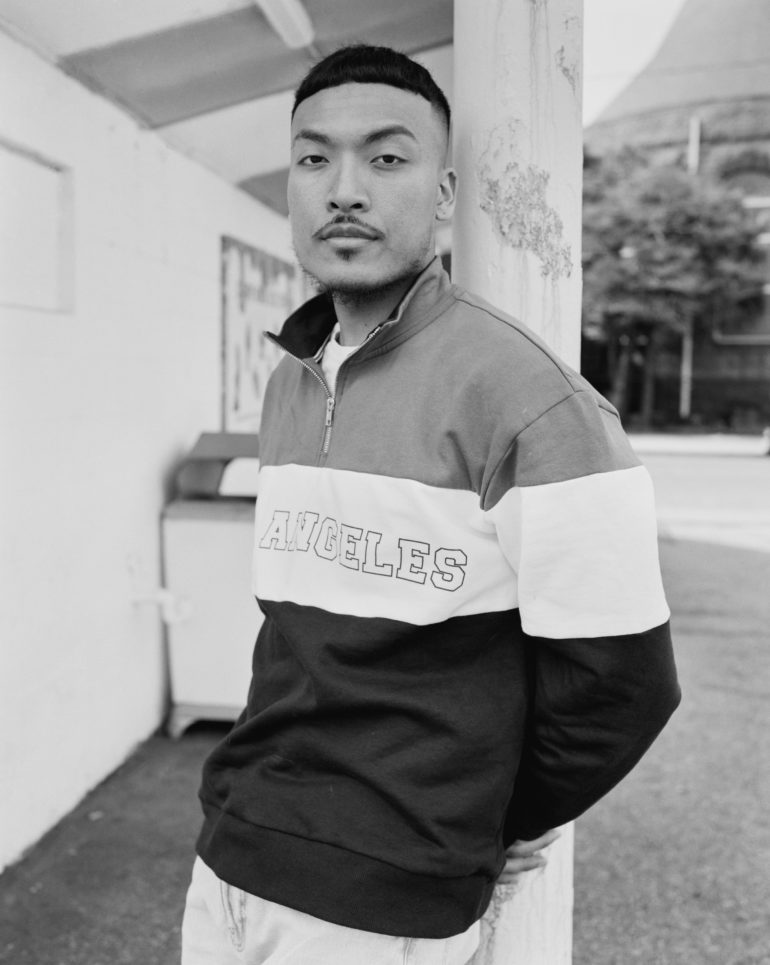
The Phoblographer: Who are some of your favorite Asian American photographers. Which projects should everyone be taking a closer look at?
Kannetha Brown: To name a few:
Cho Gi-Seok
Binh Dahn – Ancestral Alters
Patty Chang – Melons (At a Loss)
Pixy Liao – Experimental Relationship
Laurel Nakadate – Lucky Tiger
Kizen
Lila Guo
Bountheng Tanakhone – Homemade Stories
Jinga Zhang
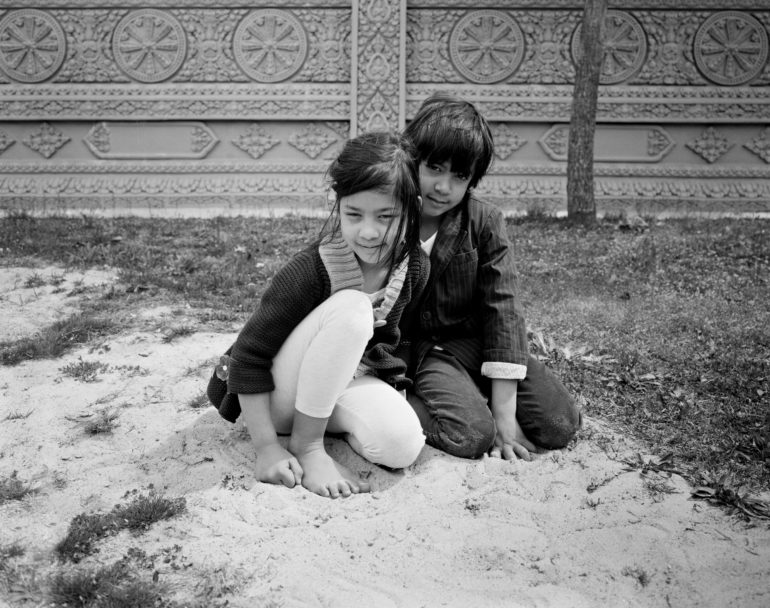
All images by Kannetha Brown. Used with permission. Visit her website as well as her Instagram to see more of her work.

